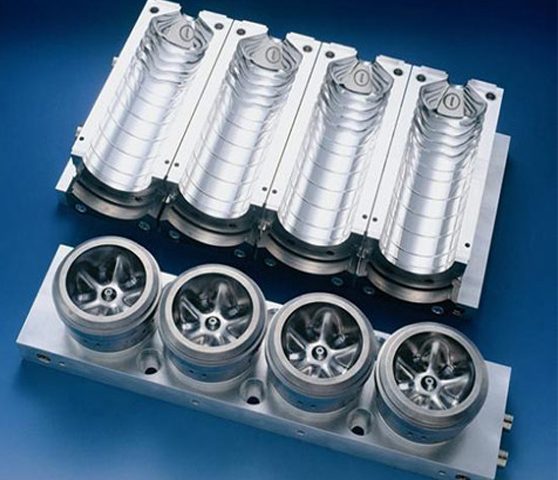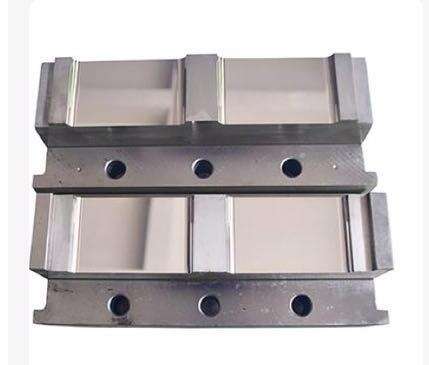Die flow system and gate inserts are fixed

Plastic mold processing performance and service life and the use of a great relationship
May 28, 2017
The Internet will be the development of the entire mechanical mold into a new height
May 28, 2017Die flow system and gate inserts are fixed

Round inserts
Multi-cavity injection mold is usually designed so that the hardened high-quality tool steel round or rectangular inserts, embedded in the non-quenching water, but as far as possible through the quenched and tempered template, this quenched and tempered steel Still can be machined. Manufacturing molds should always take into account the use of inserts solid plate, which can greatly reduce the deformation caused by quenching, and large template quenching often deformation. As the mounting plate is often fixed with another template with bolts, the easiest way to secure a circular insert is to clamp the shoulder of the insert. In order to prevent the circular arrangement or the straight arrangement of the inserts are undesirably rotated, the inserts are brought into close contact with each other so that the inserts shoulder are in contact with each other in a plane.
If the inserts can not be aligned together, the locating pins can be used to prevent rotation. In order to drill in the quenching and grinding, can still drill pin hole, inserts after carburizing in the shoulder edge to remove about 2mm, so that after quenching the shaft to maintain a low hardness. In order to allow the insert to be radially positioned, there must be a certain fit (sliding fit) between the insert and the template, which is such that the insert can be rotated after the insert is mounted.
Automatically cut the gate of the mold fixed inserts are often not fixed plate. The design provides this possibility. The advantage of this design is that the inserts are properly fixed in both axial and radial directions. At the same time, the entire diversion channel is located on the hardened steel plate.
Rectangular inserts
Many injection molding plastic parts, by its shape and the use of rectangular inserts. This also requires a fixed plate fixed, fixed plate by the guide post and guide sleeve fixed in the proper position. In the fixed plate and fixed plate on the back of the plate while drilling guide and guide sleeve hole. The guide posts and guide sleeves are then fitted into the form plate and the recesses containing the insert steps are also machined on the mounting plate. Of course, this cooling method is most effective if the cooling channel is directly on the insert. However, if the inserts have many cores and there is no place between the cores to open the cooling water channel, then these channels must be provided on the plate or fixed mold plate.
Whenever possible, the inserts should be fixed to the mounting plate without the shoulder. Of course, this means that they must be bolted to the plate to prevent the inserts from falling off. The inserts without the shoulder can be ground on all sides, and it eliminates the need for machining the fixed shoulder groove on the mounting plate. However, usually in the fixed inserts, slippery place can be set to cool water channel. In this case, the insert must be fixed to the mounting plate with the shoulder. The shoulder is usually located on the opposite side of the core is sufficient, so the other two sides can be polished.




